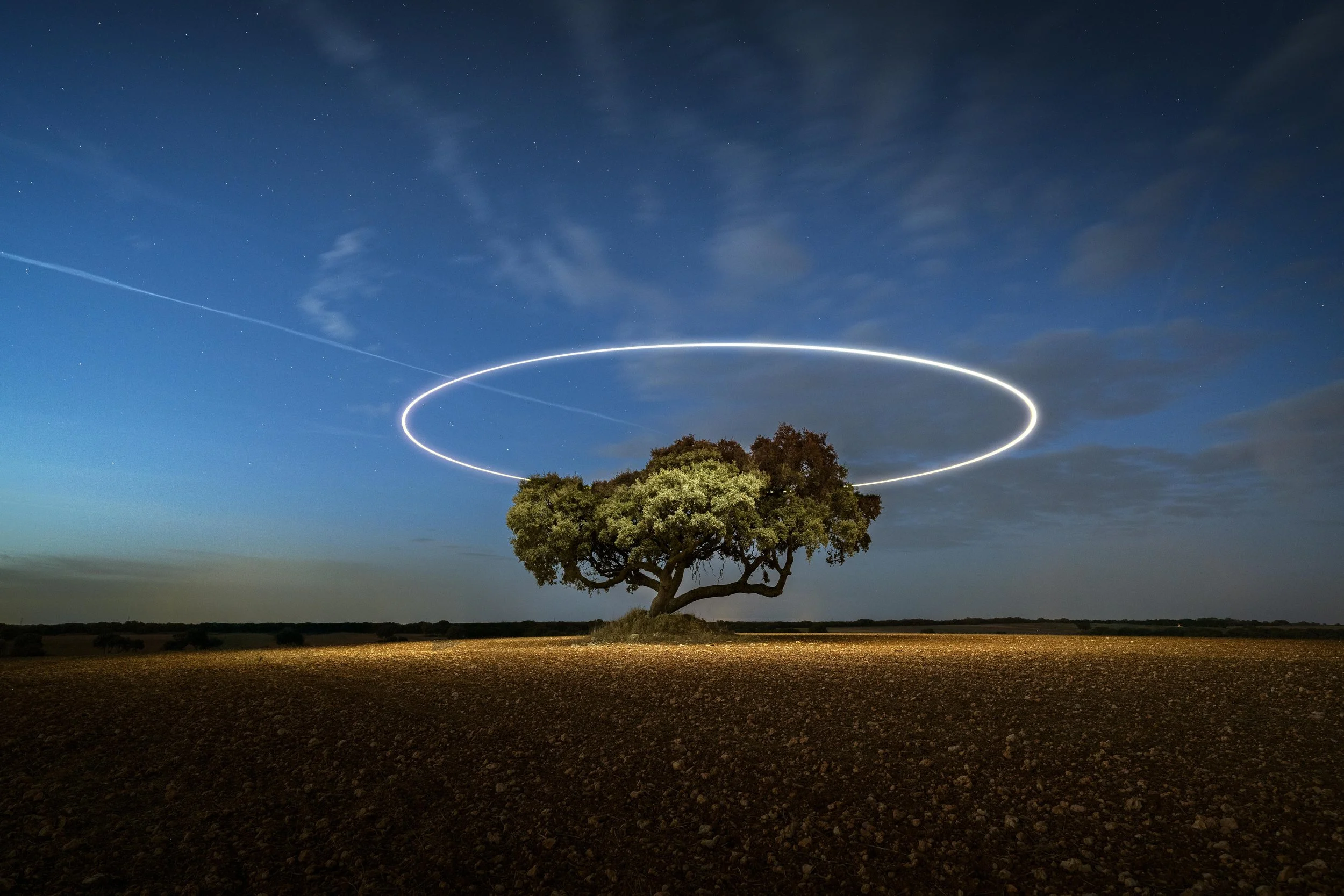
~
The Power Behind Branding
Powerful Visual communication, when crafted with intent, taps into a psychological phenomenon known as the Halo Effect — where positive first impressions, especially visual ones, influence how people perceive everything else about a brand. That subtle, or not so subtle 'glow' we create, doesn’t just make something look good — it can triggers trust, credibility, and admiration.
🧪 In branding: Research published in the Journal of Marketing has shown that strong visual identity increases perceived brand strength and trustworthiness, especially when consistency is maintained across touchpoints.
And terrifyingly, to show that this is an inbuilt psycological function in humans:
🧠 A Study in 2006 by Eagly et al. found that physically attractive people are often perceived to have more positive traits, including intelligence and competence — Which is a classic demonstration of the Halo Effect.
But more on this later
The Fine Line: When Creating good ‘Form’, Becomes Deception
The waters get murky when the Halo Effect crosses into misrepresentation — when design doesn't just reflect who a brand is or aspires to be, but completely misrepresent the brand. If a company fails to live up to the image projected, the trust we helped build can quickly erode. The shine fades.
That’s why ethical design should always be the goal. However business is business sometimes and we may not always get to be saints in this area of Halo creation. But ideally our role is to amplify what’s true — or what is genuinely being worked towards by a company or organisation — not to polish a facade.
Cognitive Bias: The Designer’s Double-Edged Tool
So a little more on the Halo Effect: At its core, the Halo Effect reveals how good design creates cognitive bias. Yes that’s actually our role in creating ‘good form’, to create ‘Cognative bias’. Sounds a bit on nasty doesn’t it. However it will happen weather we like it or not. People naturally form broad impressions based on limited cues — especially visual ones. A polished aesthetic can make a brand seem more capable, ethical, or innovative, even without concrete proof. And this bias isn't a flaw — it’s hard-wired into humanity.
As designers, we don’t just hope for this reaction. We build it. We construct the visual shine that triggers it. And as long as our design reflects the truth (or the aspirational truth), and triggers a powerful response we’re doing our job well. It’s always a challenge, be it a fun one, especially when paired with budgets, time restraints and… blessed clients.
Beauty, Bias and Everyday Life
The Halo Effect isn’t limited to branding — it’s everywhere. And this is more on how terrifyingly inbuilt and pervasive it is:
Here are some simple bits of data:
Height: A study from the University of Florida (2004) found that every inch of height equates to about $789 more in annual salary.
Voice: People with deeper voices are often perceived as more competent and trustworthy. (Source: Duke University & University of California studies)
Facial appearance: In multiple studies of thousands of cases, it was found that jurors gave shorter sentences to attractive defendants.
News media: Broadcasters lower their voices to sound more authoritative — consciously or not — using ‘audio design’ to influence trust.
These examples reveal how deeply ingrained our visual (and sensory) judgments are. That’s why, as designers, we wield more power than we may realise. We don’t just decorate — we frame perception. And with that comes responsibility.
Responsibility in Image Editing
In 2023, Channel Nine ran into controversy when a news graphic of Victorian Animal Justice Party MP Georgie Purcell was altered with AI — exaggerating her features and clothing. Though AI took the blame, a human approved it. This wasn’t just distasteful — it crossed a serious ethical line.
Clients often ask me to "clean things up" — and usually that’s fine. A breakout, a wrinkle, a lighting tweak — no problem. But my rule of thumb is: if it’s something that could naturally change in real life, it’s fair game. If not, I tread carefully. Especially when someone hasn’t consented.
Image retouching is part of the Halo Effect in action. Every Photoshop adjustment we make has an impact — sometimes subtle, sometimes profound. That’s why those decisions should always align with the brand’s values and reality.
Conclusion
Design isn’t just about aesthetics — it’s about perception. When we apply beauty, also know as ‘good form’ responsibly, we don’t just make something look better — we build trust, reinforce credibility, and help brands step confidently into who they are (or who they aim to be). From a business perspective this helps our clients achieve their goals and keep coming back to us.
One of our key super power as designers is creating the glow, that sparks the Halo Effect.